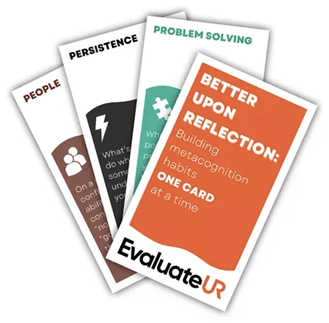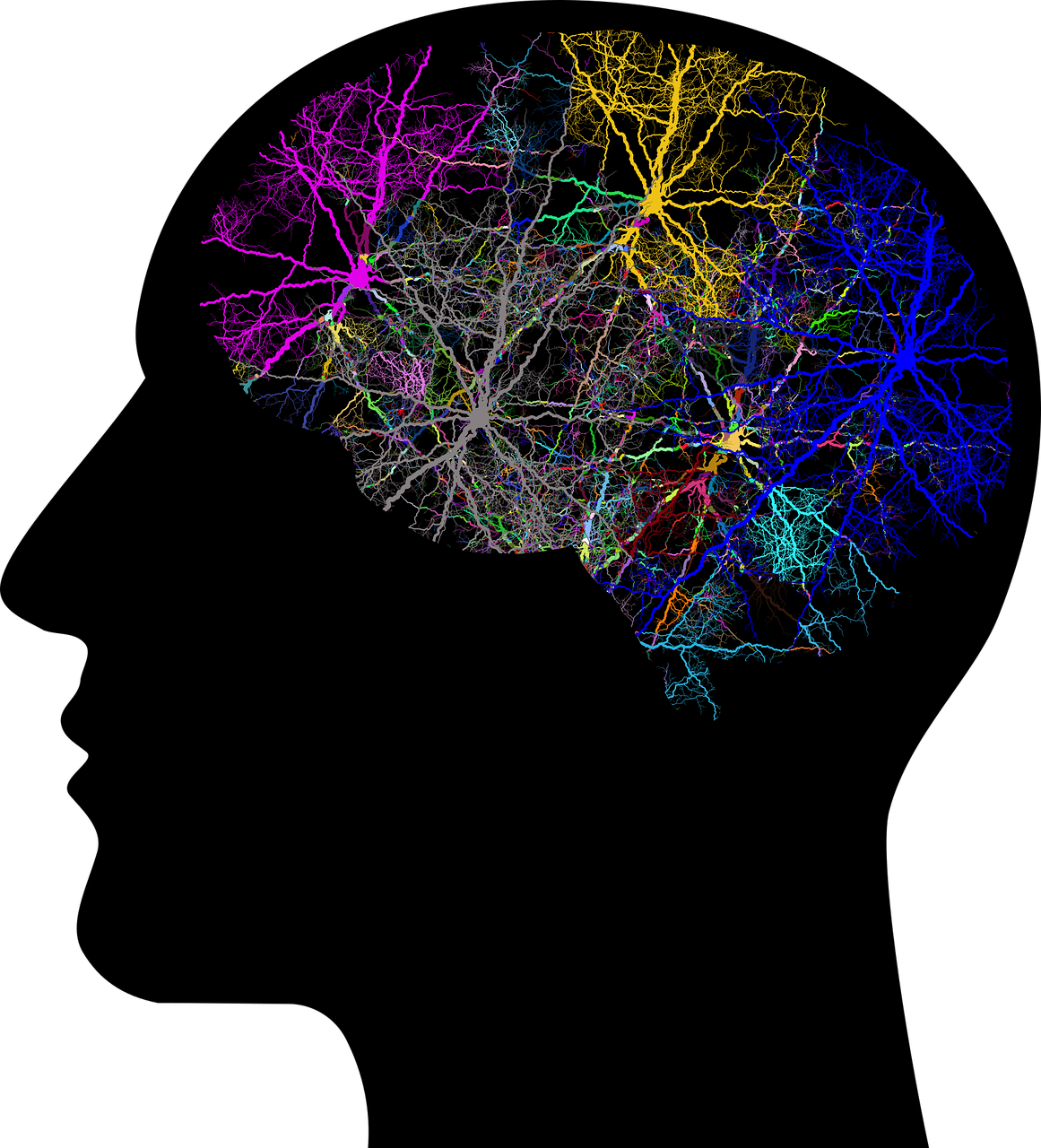| by Lara Watkins (Bridgewater State University lwatkins@bridgew.edu) |
Downloadable |
Motivations and background:
I have been teaching a course titled “Anthropology of race, class and gender” for about five years at a state university. As a course that covers requirements for the core curriculum as well as for anthropology majors, the student population is diverse with first year through final semester students including both majors and non-majors. The course is taught in person with about 25 students per section.
I implemented a series of mid-course reflections for a variety of reasons. (1) I sought to encourage students to reflect upon their learning in the course as a way of helping them to recognize and assess their own learning over time, while (2) simultaneously providing an indicator of the main messages being retained by students to help in course planning for the future. The reflection served as a low stakes evaluation of learning, which then fed into continuous course improvement. Pragmatically, I was interested in (3) if there were specific barriers to student comprehension of the material that might make a substitute reading or focused classroom interventions appropriate. Since student metacognition about their learning can inform metacognitive instruction, I also sought (4) to assess the degree to which students saw value in a particular reading and (5) could link it to other course materials and their own learning, thereby encouraging learning across multiple levels of Bloom’s Taxonomy (Krathwohl, 2002).
Nuts and Bolts / Procedure:
Each semester, I incorporate four in-class, mid-course reflections. Students completed each pen-and-paper reflection in about five minutes. They had the option of handing in the reflection anonymously or adding their name to the form. Each mid-course reflection was about 3-5 questions long. The first question always asks students to state a few key points that they have learned in that particular section of the course, while the last question always provides students a place to anonymously raise questions and concerns. The middle questions vary depending on my evolving concerns or interests.
The middle questions on the reflection example shared here focused on the use of a full-length book; however, in general, the middle questions focus on a specific aspect of that portion of the course (e.g. a reading, the use of an online learning tool, etc.), that obviously is assigned to deepen learning, but through which student experiences could provide insight on the degree to which there are barriers to this ultimate goal. My goal in this particular example was to find out if students were engaged in the reading, if they were taking away the main ideas, and if there were noted challenges that could be mitigated in future iterations of the course.
Outcomes and Lessons Learned:
- The first question (which asked for students to summarize what they had learned across a few weeks of the course) provides a useful snapshot of the main messages interpreted and retained by students. Through assessing student summary of information in question one, I have found that students were not able to reiterate key points to the same degree across different portions of the course, thereby suggesting which particular section(s) of the course needed further elaboration and attention in later semesters.
- For this particular reflection example, I found that the students’ perspectives of the book did not align with my anticipation of their perspective. (The students were more positive than I expected.) Checking in with students throughout the semester helps to give the instructor a tangible and direct indicator of student interpretations of the course and course materials. This can feed into continuous course improvement.
- This course meets twice a week on Mondays and Wednesdays. A key lesson learned from the student feedback is that they need lengthier readings to be due on the Monday. While this might appear intuitive, instructors sometimes lose sight of student logistics when constructing their syllabi and the multitude of topics to be covered. It also highlights the need to build in multiple, explicit reminders for students to start lengthy readings in advance.
- Instructors implementing a similar activity in class will want to consider the benefits and drawbacks to allowing for anonymous submission. I chose for the feedback to be anonymous by default so that students would feel comfortable sharing their honest assessments and could clearly let me know if they had not completed the reading without feeling that it would impair their grade in any way. If instructors would like to track progress over time for individual students, then they may desire to have students identify themselves. I have found it appropriate to individually email students who identify their name and raise a specific question/concern. Students often express gratitude for the personal outreach as it directly addresses a question or concern that they have, thereby decreasing their perceived barriers to success, and it conveys respect and concern for their individual learning trajectory, thereby cultivating a supportive learning climate.
This reflective approach provides a series of quick and useful indicators of student learning that I can use as an instructor to adjust my teaching and better support my students’ learning. A second benefit is that they help center the students’ attention on the metacognitive and higher-order processes of remembering, connecting, analyzing, and evaluating course concepts. Providing short assessments like this at a few time points across the semester is an easy way to “take the pulse” of a particular class and then use that feedback to identify teaching practices that are working well and those that might need to be tweaked. Metacognitive instruction leads to continuous course improvement and, ultimately, to better facilitation of student learning.
Reference
Krathwohl, D. R. (2002). A revision of Bloom’s taxonomy: An overview. Theory into Practice, 41, 212-218. http://dx.doi.org/10.1207/s15430421tip4104_2



